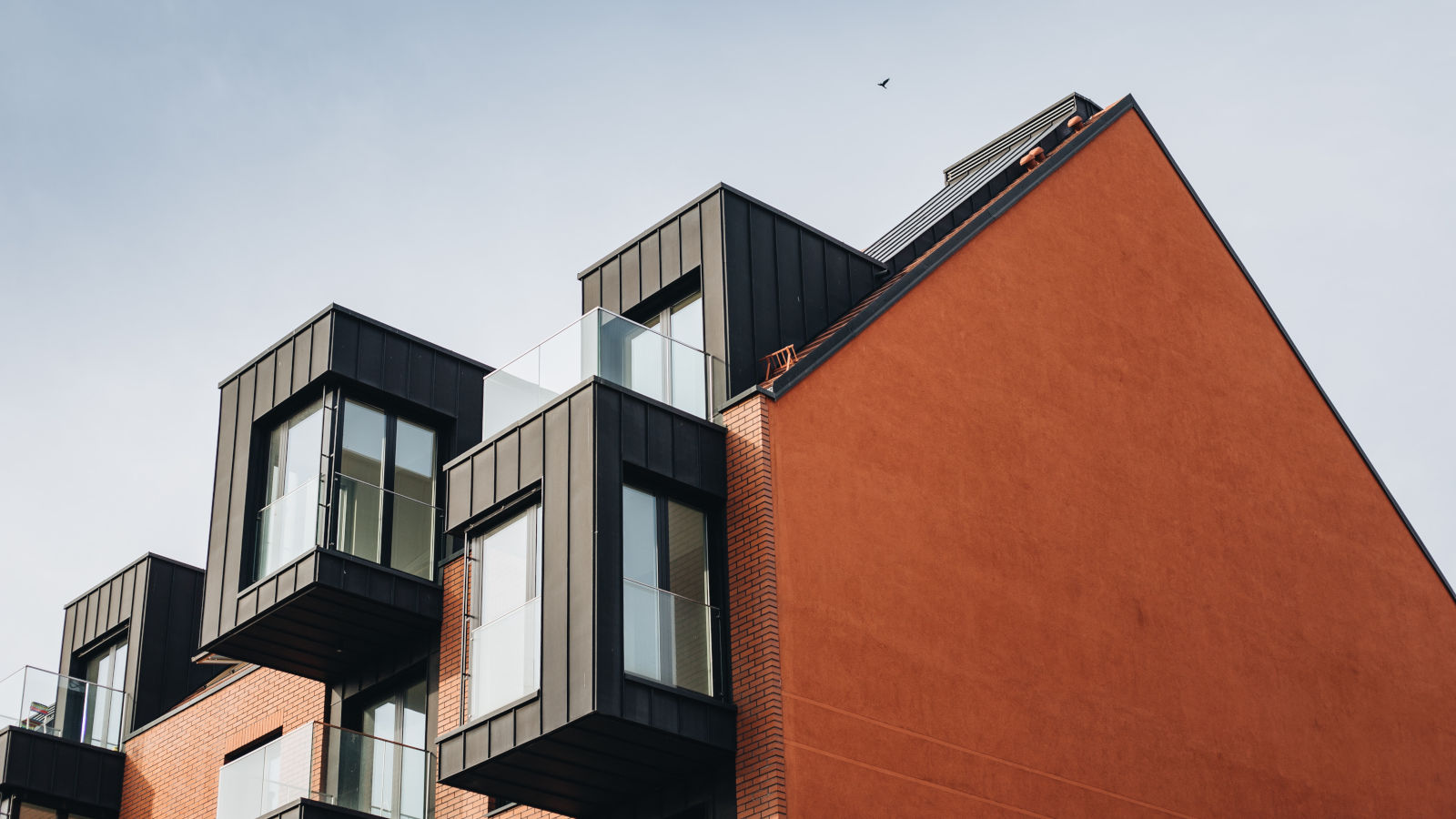
The Slovak economy is small, open and dependent on foreign imports. One of the basic characteristics of the standard of living achieved by the population is the level of housing. Affordable housing is an essential part of the quality of life. In accordance with the principles of the market economy, the primary responsibility for dealing with the housing situation, depending on one’s means, lies with the citizen, especially after 1989. The basic mission of the state is to create a stable environment that strengthens citizens’ responsibility and enables them to live according to their income. In accordance with the principle of solidarity, it is also necessary to help groups of the population which, due to the nature of housing as a commodity, are unable to acquire adequate housing on their own, by means of state intervention in the housing market (various forms of housing support).
This briefing describes the development of the housing sector in Slovakia. The development of construction output and ownership structure over the last 30 years is presented. The briefing also compares housing construction output with that of Euroconstruct member countries with comparable populations.
The ownership structure has also undergone an interesting development in the last 30 years. According to Act No. 182/1993 Coll. on Ownership of Flats and Non-Residential Premises, cooperative flats were sold to current users on favourable terms. This led to a significant increase in the number of condominium owners. Of the 19 Euroconstruct member countries, Slovakia has the highest rate of home ownership at 91% and Hungary the second highest at 87%.
The high proportion of home ownership is also influenced by the lack of state rental housing; flats as an investment and buying a flat on mortgage (a loan and then renting commercially, as interest rates in banks were low). It is in the nature of Slovaks to own a residential property (flat or house).
Addressing housing is in the programme statement of every new government. Currently, the increase in construction production is hindered by high interest rates. The government will support mortgage loans in the form of a bonus, according to the established conditions. In relation to the current state of the housing stock, the government Identifies barriers to the development of the public rental sector, prepares accelerating measures to increase the number of rental dwellings being procured Identifies barriers reducing interest in the procurement of rental dwellings by local authorities. The government shall create appropriate conditions for the sustainability of the conditions for the operation of affordable rental housing. It will also focus on the identification of surplus state properties suitable for construction or conversion into rental apartments, while creating a guarantee of permanent preservation of the rental character of the supported apartments and maintaining a stable financial framework for the provision of support. Accelerating and deepening the rate of renovation of residential buildings using new incentive elements will also be a priority in view of the rise in energy prices and other household costs.
To illustrate the state of residential construction output in Slovakia, a simple comparison has been prepared. We have compared only the data for the housing stock and the number of completed dwellings in the respective year with the countries of the Euroconstruct member countries, which have approximately the same population as Slovakia, namely Denmark, Finland, Ireland, Norway. The comparison did not take into account the economic differences between the countries and their impact on the construction of dwellings. Data are in thousands and converted per thousand inhabitants.
| Country | Population, in 000s | Housing stock, per 1.000 inhabitants |
|---|---|---|
| Denmark | 5,873 | 542 |
| Finland | 5,564 | 573 |
| Ireland | 5,124 | 412 |
| Norway | 5,425 | 580 |
| Slovakia | 5,435 | 418 |
Of the five comparator countries, Denmark, Finland and Norway had more than 500 dwellings per 1 000 inhabitants in 2022. Ireland and Slovakia had less than 420 dwellings per 1 000 inhabitants. The ratio is influenced by population growth and the number of dwelling completions per 1 000 inhabitants, which is lowest in Slovakia.
| Country | Population, in 000s | Completed dwellings, per 1.000 inhabitants |
|---|---|---|
| Denmark | 5,873 | 6.8 |
| Finland | 5,564 | 7.4 |
| Ireland | 5,124 | 5.8 |
| Norway | 5,425 | 5.2 |
| Slovakia | 5,435 | 3.7 |
Slovakia has long had a problem with a shortage of rental housing. The supply of rental housing is almost exclusively determined by the supply of private owners. The share of rental housing owned by the state is very low. Slovakia has long lagged behind other European countries in the construction of rental housing.
| Country | Housing stock, in 000s | Ownership, in % |
|---|---|---|
| Denmark | 3,182 | 48.0 |
| Finland | 3,187 | 65.1 |
| Ireland | 2,112 | 69.3 |
| Norway | 3,145 | 76.4 |
| Slovakia | 2,274 | 91.0 |
The state owns thousands of empty, dilapidated and unused buildings across Slovakia. These buildings would be suitable for this purpose if they were transferred to the administration of municipalities and towns. Towns and municipalities are limited by several factors when it comes to building rental apartments. Cities are limited by the lack of land for such construction, which gives the green light to various development projects. Municipalities are limited by the lack of urban plans, underdeveloped infrastructure and expensive building materials.
